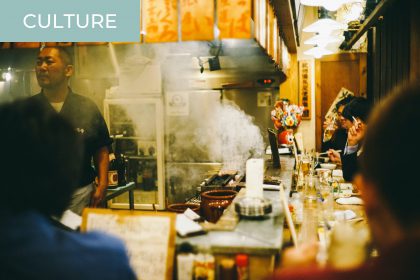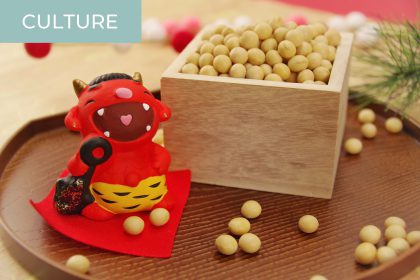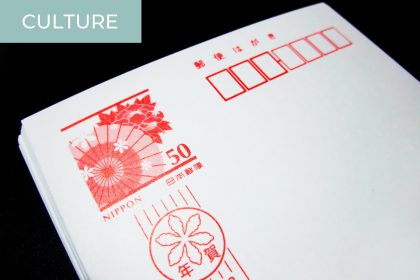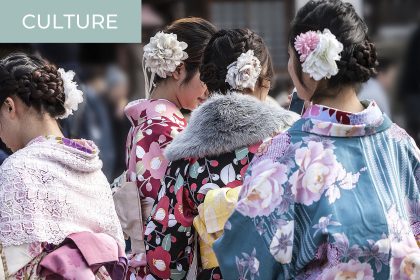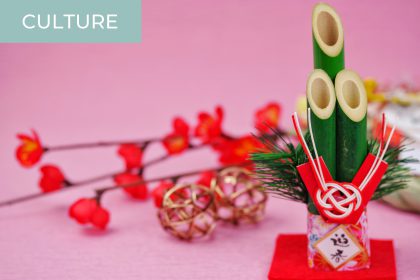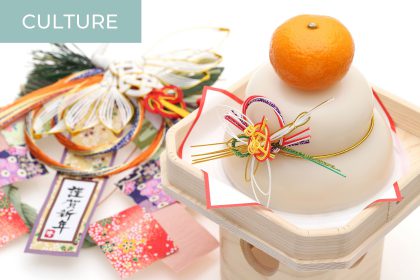Gathering around food and drinks in an izakaya (Japanese-style pub) to smooth relationships (including and especially work-related ones) is an important part of Japanese culture nicknamed ”nomunication.” Joining Japanese people at the izakaya is a good way to break the ice and get to know them better. If you go to small, five- or six-seat places,…
Casting Evil Away: The Japanese Celebration of Setsubun
The characters for setsubun in Japanese are 節分, literally meaning “season division.” This celebration traditionally takes place on February 3rd, one day before spring according to the lunar calendar. In older times, spring used to be the New Year, so setsubun can be understood as a form of ancient New Year’s Eve. To welcome the new year…
What “Hatsuyume,” the First Dream of the Year, Means for the Japanese
In Japan, hatsuyume is literally the first dream you have after December 31st and is said to predict your fortune for the coming year. Traditionally, lucky dreams involve Mt. Fuji, a hawk, and an eggplant, in that order. The combination looks a bit peculiar, but each element is a homonym for positive words in Japanese….
The Nengajo Postcards: How Japanese People Send Their Best Wishes
Japanese people exchange nengajo postcards as New Year greetings, much like Western people sending Christmas cards to each other. Nengajo and New Year Greetings in Japan In Japan, it was a long-established custom to personally present your greetings to people who had helped you and to your superiors at the beginning of the year. They…
The 5 Most Effective Flash Card Programs for Learning Japanese
Everyone who studies Japanese uses different methods, techniques, and tools to achieve mastery. However, ask around, and you’ll find that most learners consistently recommend one tool in particular: digital flash cards—specifically software with an effective Spaced Repetition System (SRS). Over the past decade, I’ve used all kinds of flash cards (even the old-school paper ones)…
The Japanese Traditions For Year-End and New Year’s Holidays
The New Year, called “O-Shogatsu” in Japanese, is a traditionally very important holiday for Japanese people. In ancient times, January used to be early spring according to the lunar calendar. It was the season when everything started flourishing again. Like in many other cultures, people gathered and wished each other a prosperous year. Today’s Japanese…
The Kadomatsu Decoration, Traditional of the Japanese New Year’s Holiday
Kadomatsu is a decoration with three cut pieces of bamboo and pine for the Japanese New Year’s holiday. After Christmas, you will see this decoration at the entrances of houses and buildings in Japan. The Role of Kadomatsu Decorations Kadomatsu is the landmark for the Shinto deity Toshigami-sama to enter your home. In Japan, it is believed…
Kagami Mochi, the Japanese New Year Cake
During the New Year period in Japan, you can see kagami mochi displayed as a decoration inside houses. It is a cake usually made of two layers of round mochi (rice cake) topped with a mandarin orange. Kagami Mochi As a Symbol “Kagami” means “mirror” in Japanese, and it is often said that the shape of the mochi…
How to Use Japanese Chopsticks the Right Way
If you are reading this article, maybe you are having a business dinner with your Japanese counterparts soon. Maybe you have been invited to a Japanese family dinner. Maybe you are afraid to make a cultural mistake during your upcoming trip to Japan. Worry no more! Here are the keys that will allow you to use chopsticks properly and have…
Six Ways to Encounter Godzilla in Japan
Some of my earliest memories involve family trips to the San Bernardino, California, Fedco in the early 1980s. It’s an understatement to say that, as a child, I wasn’t very excited about checking out the latest appliances or home furnishings. The real highlight of those shopping trips was excitedly browsing the VHS movie section. (And…

